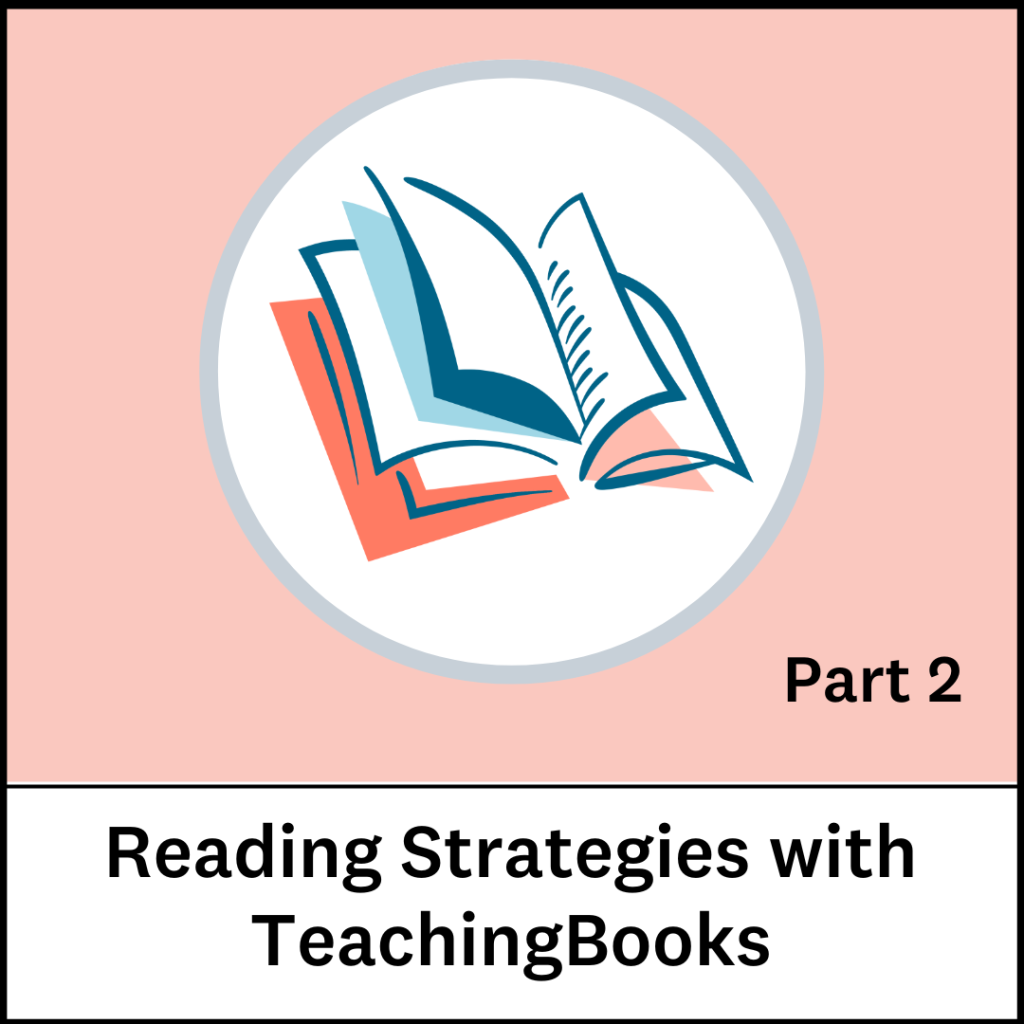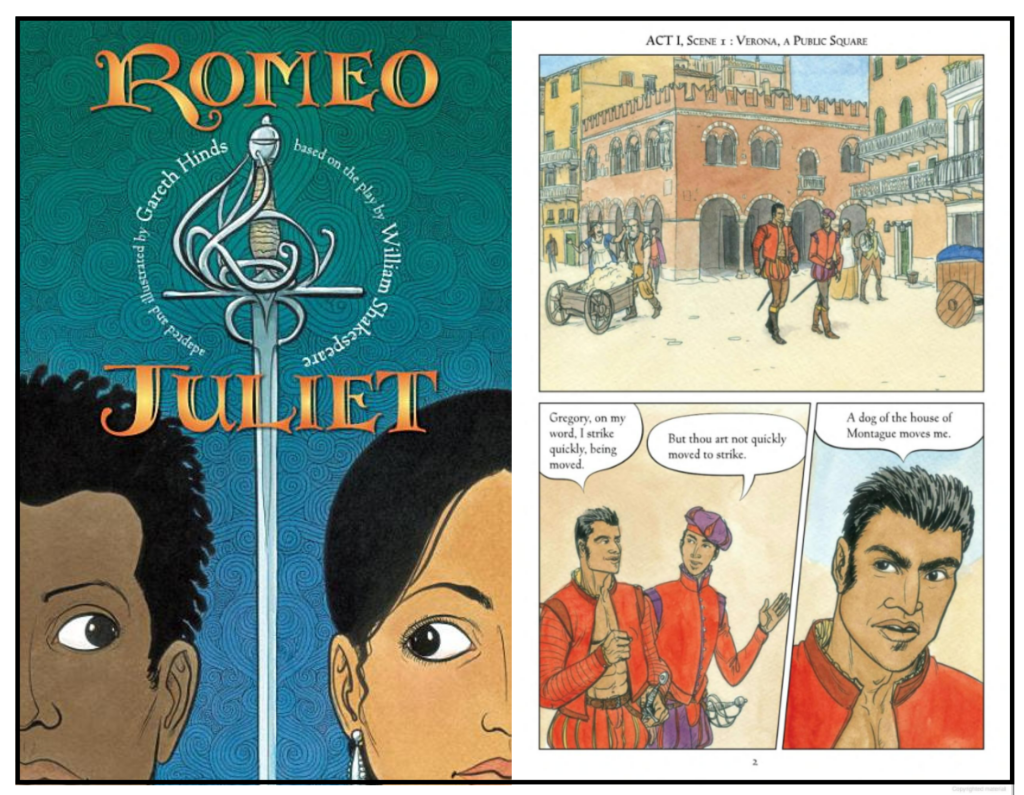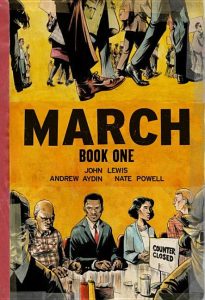
The resources on TeachingBooks allow you flexibility and creativity as you teach reading comprehension strategies. In Part Two of this two-part series, discover how your readers can use TeachingBooks to practice visualization, summary, and building vocabulary.
Visualizing
Creating mental pictures while reading helps students with story recall and comprehension.
- Listen to an audio excerpt and ask students to illustrate what is going on in the section.
- Use a book trailer to show students a snapshot of a story.
- Demonstrate visualization at work by using the Google preview for a graphic novel retelling of a classic story such as Romeo and Juliet.

Summarizing
Briefly capturing main ideas in their own words encourages readers to identify important information and draw conclusions.
- Explore book annotations to offer a model of summarization.
- Discover how to distill information by assessing a reader’s theater script for a picture book.
- Listen to an audio excerpt and have students summarize what they heard to a partner.

Building Vocabulary
TeachingBooks links directly to Vocabulary.com for easy access to definitions, pronunciations, and context.
- Scan the vocabulary list for any book that has one. (See, for example, the list for March Book One). Have students find unfamiliar words and check the definitions before they read.
- Use the audio pronunciation feature at Vocabulary.com to hear and review new words.
- Compare the definition and context passages for each word to reinforce understanding and comprehension.
What’s working for you?
We’d love to hear how you’re using TeachingBooks resources in your classrooms and libraries! Leave your ideas in a comment below.

I feel that building vocabulary is very important for young readers to understand what they are reading about. I am currently taking a children’s literature class in college and we had some course readings this week going over interactive read-alouds which included the importance of vocabulary and comprehension. I like how Teaching Books will take you right to a vocabulary website teaching the definition, pronunciation, and context of a word so that children have easy access to a great learning tool that will help them not just learn how to say words but to know what they mean and how those words are to be used.